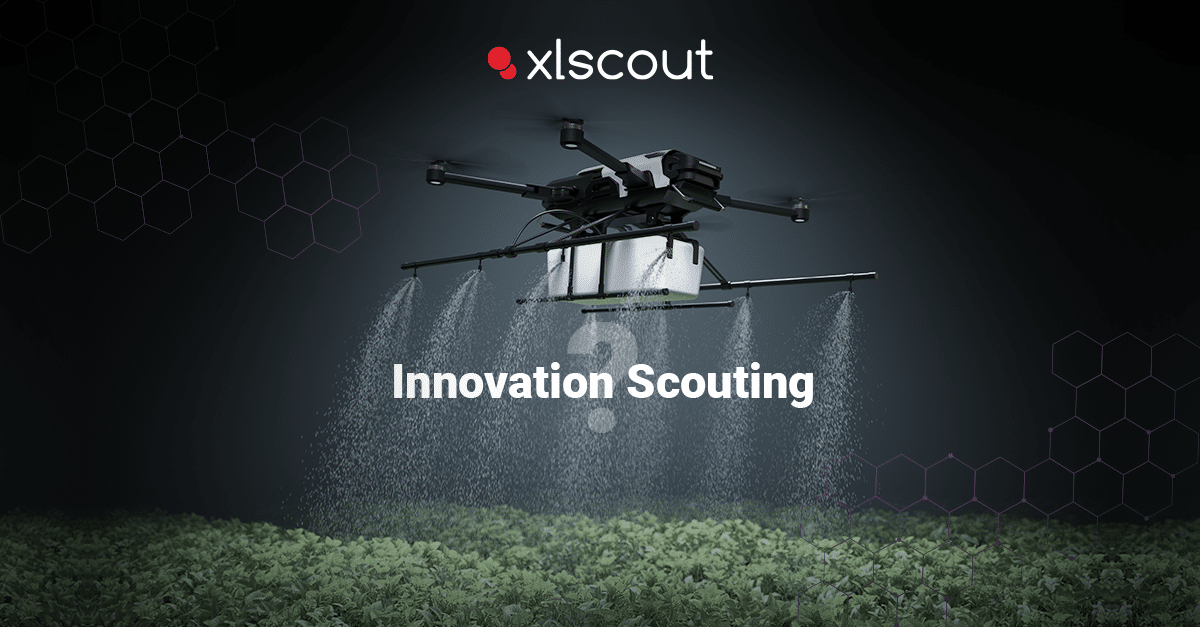
Change is unavoidable. New technologies emerge on a regular basis, altering existing product landscapes and business structures. Companies do not have all of their knowledge and technological expertise ready to use and implement in products. Using the ecosystem to fill a knowledge gap has become a competitive advantage. Companies use technology scouting and innovation scouting to navigate today’s rapidly changing innovative environment and address the issue of incorporating new know-how into products. This article discusses the concept of technology and innovation scouting.
What is Innovation Scouting?
Open innovation and technology scouting are combined in innovation scouting. Because outside resources are not under one’s control, a suitable method must be used to identify and track these assets.
Technology scouting recognizes relevant technologies, gathers necessary information, and distributes it throughout the organization. It can aid in the acquisition of relevant technological assets as part of the internalization process and supplement the IP portfolio. Changes in the environment that are relevant can be identified, and fresh opportunities for partnerships, collaboration, or licensing can be pursued.
Open innovation is an approach to innovation that recognizes the limitations of your own capacity to conduct research, invent, and develop new products, and allows and promotes ideas, technologies, and innovations to cross company boundaries, increasing the speed with which you can access relevant information. This approach considers many resources, both internal and external, to drive innovative activity.
Innovation scouting expands the scope of technology scouting to include perspectives other than technology. Ideas, marketing trends, and the acquisition of know-how can all be considered valid targets and outcomes. It serves to encourage shifts in core business and provides impulses to business units by not only examining technological assets but also ideas, people, and networks. In a nutshell, innovation scouting is a technology scouting extension that fits into the open innovation strategy.
Why Should You Engage in Innovation Scouting?
The in-house innovative capacity of a company leverages the status quo. Engineers depend on existing and well-known technologies as well as the associated know-how. If you depend on the status quo, you will undoubtedly miss disruptive moves and developments. As a result, you must be vigilant and keep an eye out for developments, ideas, trends, and innovations outside your business and industry.
Many factors can motivate you to implement or enhance existing innovation scouting processes, including:
- Globalization compels us to keep an eye on and monitor global trends and developments. To understand global trends and emerging technologies, an integrated approach to aggregating relevant information and screening it, is required.
- The spread of new technologies from one product segment to another can upend existing power dynamics and catch unprepared businesses off guard. German automakers have recently realized that, in order to compete with Tesla, they must strengthen their IT and software capabilities.
- The increasing rate of innovation, and thus the decreasing length of product lifecycles, has the potential to quickly erode competitive advantages.
- R&D departments must face these challenges and assume increasing responsibilities while protecting budgets. Building internal resources to capitalize on new ideas and technologies places additional strain on capacities and cannibalizes on core R&D.
Management, on the other hand, can benefit from the innovation ecosystem if it is properly embedded:
- Companies may enhance their resilience and innovate their product portfolios by staying on the forefront of developments and keeping an eye on potentially disruptive technologies.
- Understanding and utilizing the innovation ecosystem enhances service, product, and business model alignment to market needs. Identifying changes on a regular basis and evaluating their significance and impact allows for good innovation management and improved value delivery to customers.
- Proper understanding of trends and technologies, as well as quick access to related know-how, speeds up product and service growth and reduces time to market.
Existing advantages over your competitors are only preliminary. Being good at scouting for new ideas, on the other hand, can provide a consistent competitive advantage. You set your business up for success if you’ve got your organization adjusted to develop products with excellent market fit by leveraging your ecosystem to discover and allow concepts and ideas to cross-pollinate into the goods and services you offer.
How Do I Get Started with Innovation Scouting?
When it comes to innovation scouting, there are numerous aspects to connect and incorporate into your innovation workflows. As a result, the first question should be whether you want this task completed by internal employees or by external consultants. Both options have advantages and disadvantages.
Internalization
Internalization provides complete control and keeps know-how entirely within the company. However, if individuals are rarely tasked with scouting activities, they will not be able to become efficient or build the necessary network to use on subsequent studies. Technology and innovation scouts must be skilled networkers, results-oriented, and adhere to a structured approach.
Externalization
Externalizing allows you to delegate specialized consultants with expertise in your field to deliver results by leveraging their existing network. Externals can offer an unbiased, neutral viewpoint that can provide vital impetus to your innovation activity.
Regardless of whether they are internalizing or externalizing, anyone involved in scouting activities is faced with a sea of information and numerous options for following innovation leads and will require a structured approach to navigate this area as well as appropriate tools to combat information overload. Which data sources should be examined and analyzed? How do you analyze data from various sources? What are the most intriguing technologies and solutions for your chosen topic? Who are the key opinion leaders, academics, start-ups, and active players in any emerging technology? Where does R&D take place? What are the most common technical concepts? These are just a few of the questions that must be addressed in the face of fragmented and most likely, incomplete information.
Aggregating and cleaning up data from various sources takes time and effort. You would better spend your time and effort analyzing and making decisions. Do your employees or consultants have access to appropriate tools to reduce the time spent on routine and repetitive tasks? Are they capable of seeing the big picture and drawing valuable conclusions and recommendations?
Our Methodology
XLSCOUT’s AI-powered patent analytics tools leverage explainable AI-based technologies to help businesses discover relevant technical information quickly. With XLSCOUT, it is ever so easier now to compare and analyze technology trends over time. You can now view and compare the latest trends in a specific technology using graphical dashboards and insightful landscape reports. Moreover, you can also identify the changes in competitor strategies.
XLSCOUT’s Techscaper, with just a few clicks creates a patent landscape report tailored to your needs. Subsequently, it assists you in resolving data discrepancy woes by offering clean and accurate data. Moreover, our data engineering team works diligently to clean and enhance various data points.






